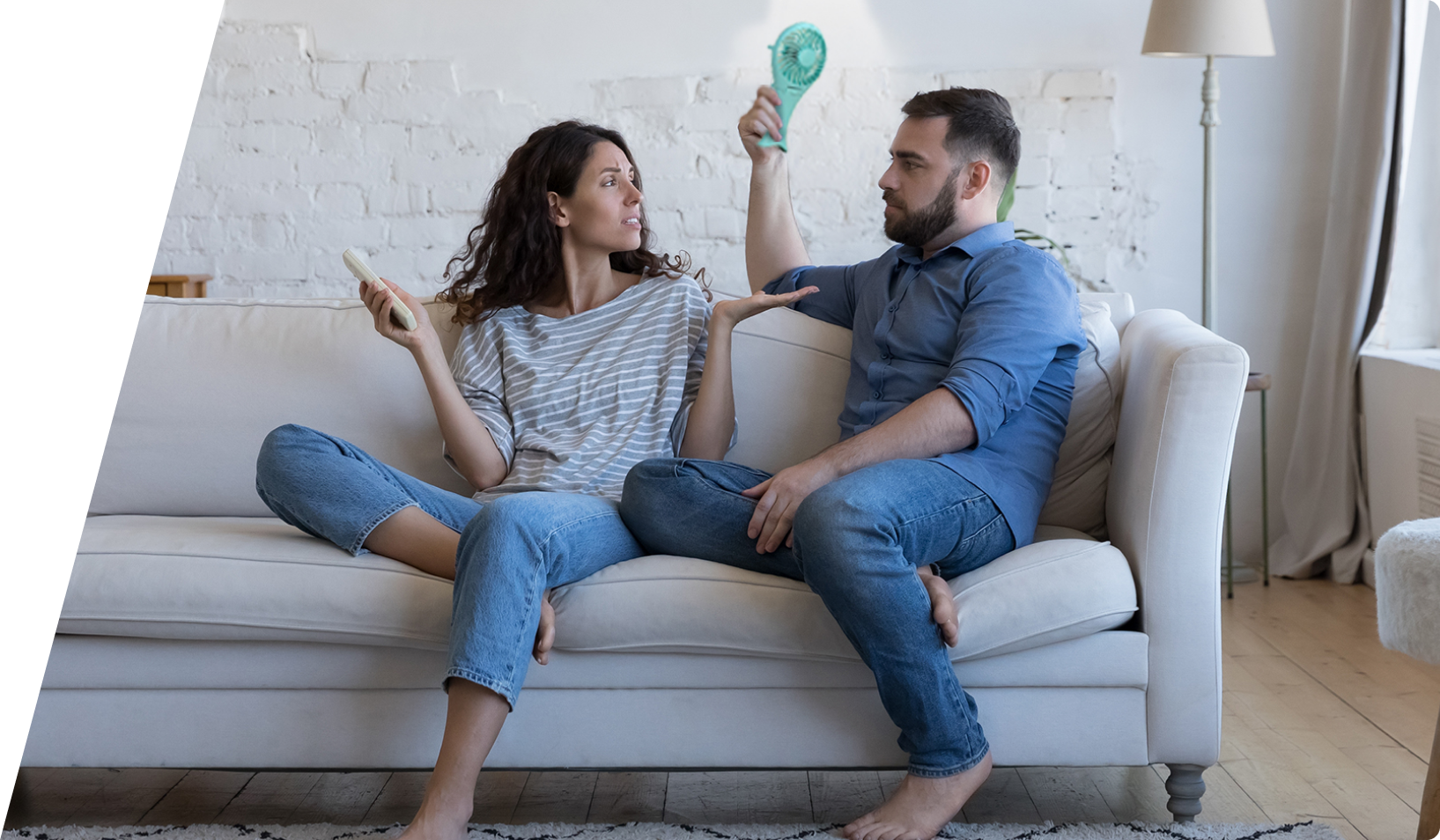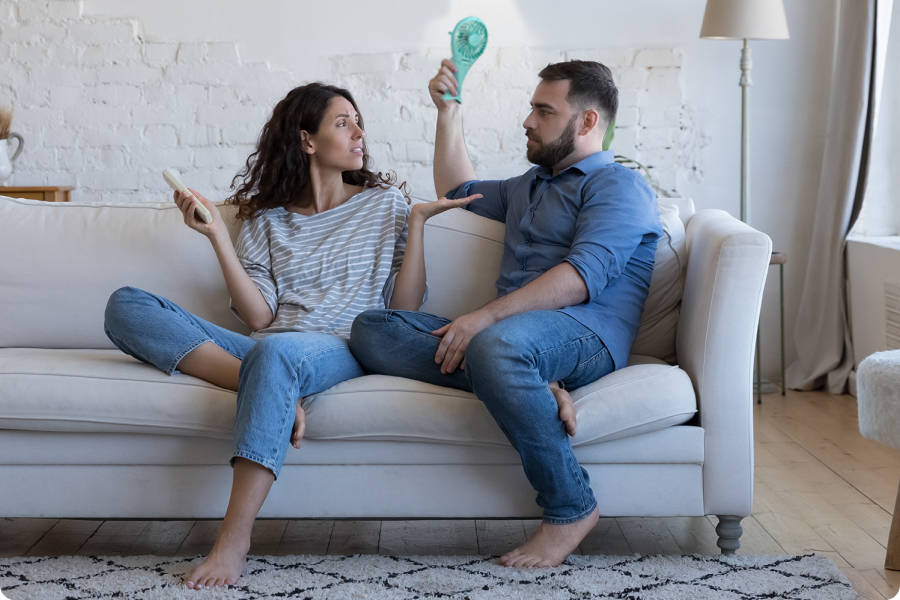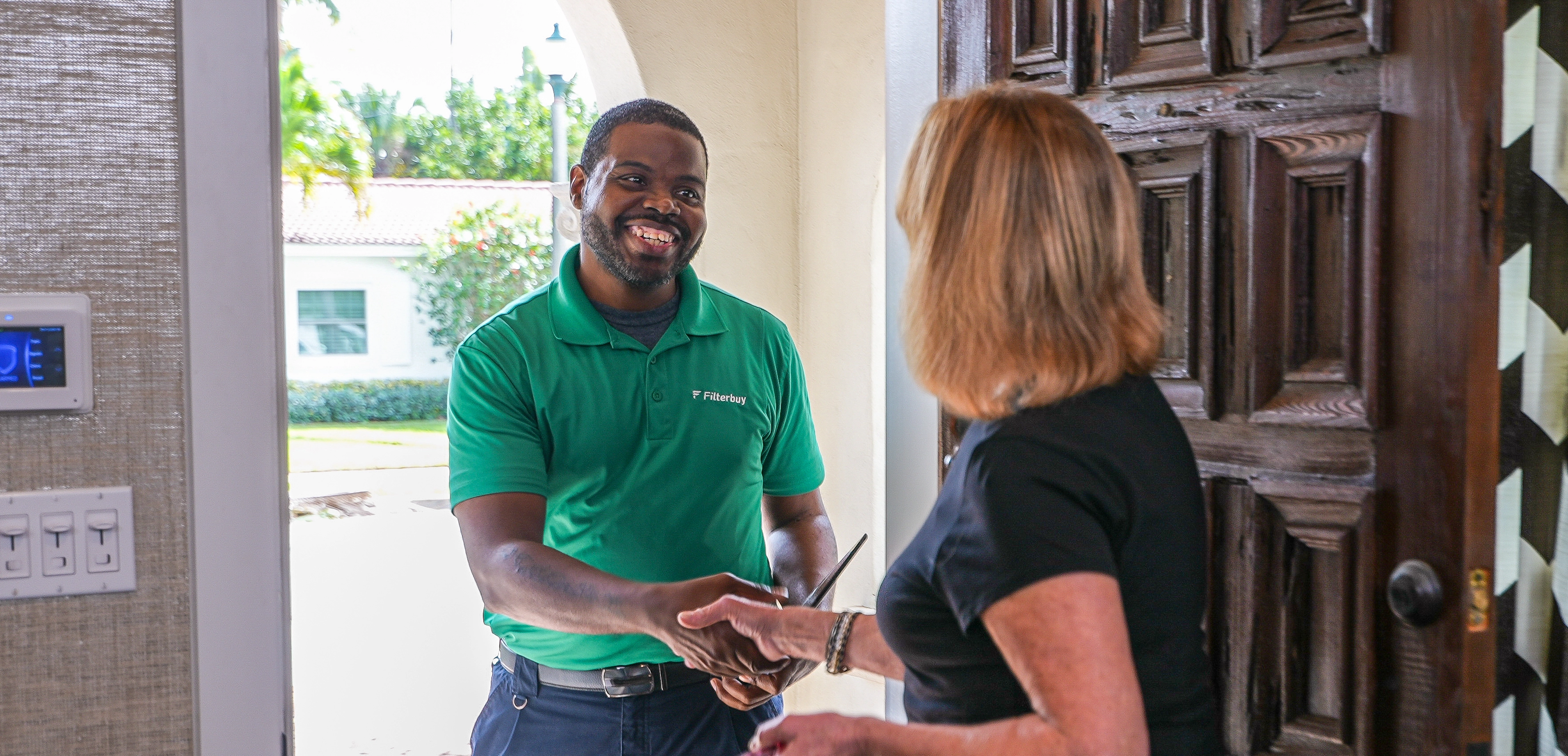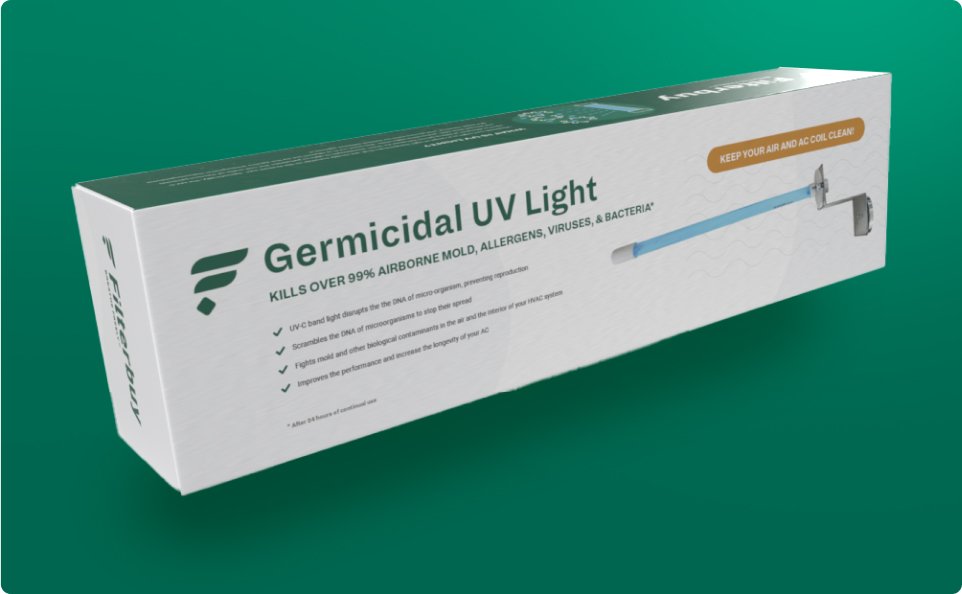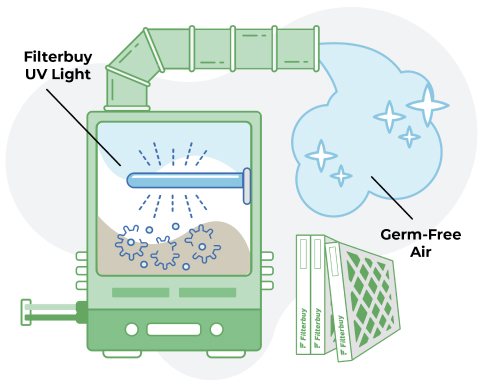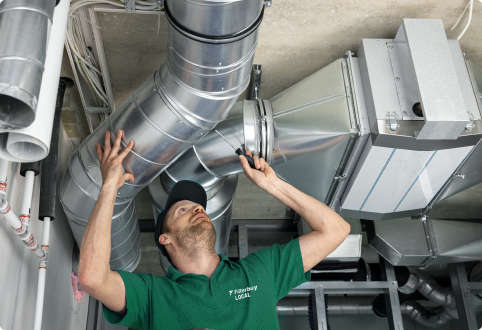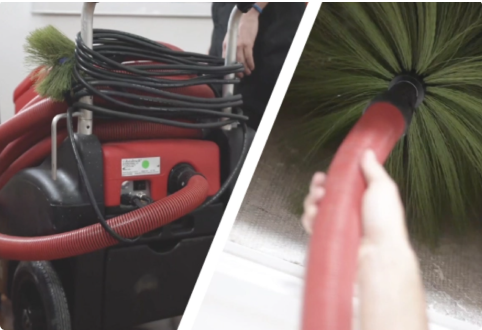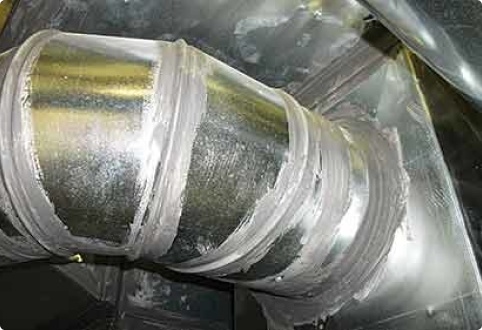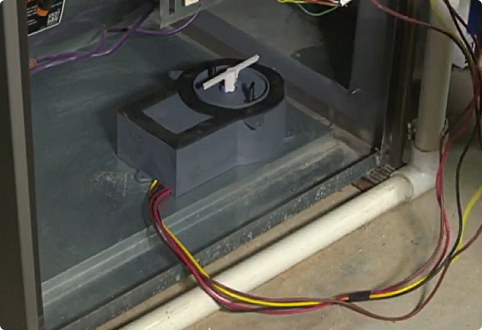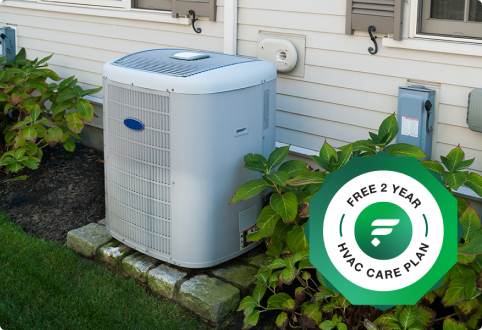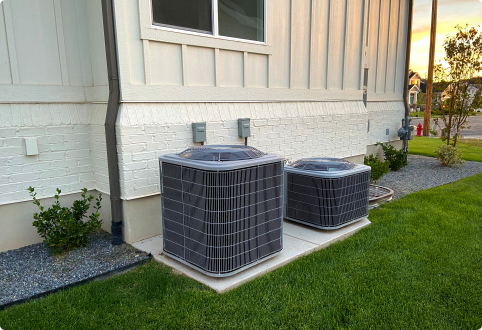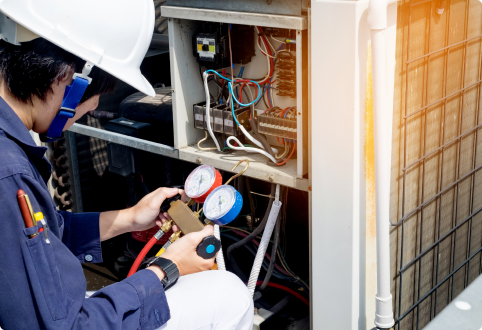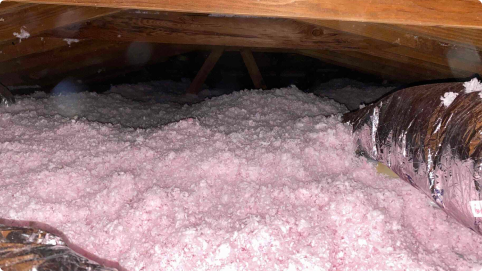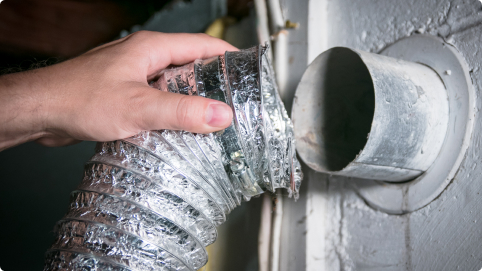Welcome to Filterbuy HVAC Solutions, the best HVAC UV light installation service company proudly serving in and near the greater Hobe Sound, FL area. Please let us know how we can help solve your Hobe Sound HVAC UV light installation needs with professional, affordable, and fast residential and commercial HVAC services by getting a free online quote or by giving our friendly HVAC specialists a call. We look forward to hearing from you!
HVAC UV Light Installation in Hobe Sound FL
Your home in Hobe Sound, FL requires a dependable HVAC system that provides clean and comfortable air all day. The same holds for your commercial building. An affordable solution to enhance your HVAC system's air filtration capability is installing HVAC UV lights.
UV light technology is well-known for its ability to neutralize airborne pathogens and allergens, providing a significant boost to the environmental health of residential and commercial spaces. In Hobe Sound, FL, the effectiveness of UV lights in HVAC systems in homes and office buildings depends not only on the equipment's quality but also on its installation's precision.
Consider multiple factors such as choosing the appropriate model and following area-specific regulations. The success of the installation process depends on the knowledge and skills of the professionals.
Understanding HVAC UV Lights
HVAC UV lights, installed as part of your air conditioning system, utilize ultraviolet radiation to eliminate airborne pathogens and improve indoor air quality. These systems harness specific UV wavelength types, primarily UV-C, known for their germicidal effectiveness. UV-C light operates at a wavelength of 254 nanometers (nm), which has been scientifically demonstrated to disrupt the DNA of microorganisms, rendering them incapable of reproduction and causing cell death.
Understanding the mechanics behind UV wavelength types is crucial for optimizing the use of UV lights in HVAC systems. While UV-A and UV-B rays also exist, they do not offer the same level of germicidal properties as UV-C. The effectiveness of UV-C in inactivating various pathogens, including viruses, bacteria, and mold spores, is well-documented, making it a preferred choice for air sanitization.
The installation of UV lights within the HVAC system involves strategic placement to maximize exposure to recirculating air. This positioning ensures that the air passing through the system is continuously subjected to UV-C radiation, thus effectively reducing the load of airborne pathogens. Proper installation and maintenance are key to sustaining the germicidal effectiveness of these systems over time.
Benefits of UV Light Systems
UV light systems offer significant advantages, including improved air quality and enhanced health protection by reducing airborne contaminants. By introducing UV light into HVAC systems, homeowners in Hobe Sound, FL, can experience a noticeable difference in the cleanliness of the air they breathe. The primary benefit of UV light systems lies in their ability to inhibit the growth of mold, bacteria, and viruses. This is crucial in humid climates where these organisms tend to thrive, potentially leading to health issues.
The UV effectiveness in purifying air is well-documented, with studies showing substantial reductions in microbial populations within air handling units. This not only contributes to healthier indoor environments but also aids in preventing the spread of airborne diseases. Additionally, UV systems work continuously and silently, ensuring ongoing protection without additional effort from the homeowner.
Another key benefit of these systems is their energy efficiency. By keeping the HVAC system clean from microbial growth, UV lights help maintain optimal airflow and system performance. This reduces the energy consumption of the HVAC system, leading to lower utility bills. Furthermore, the prolonged life of the HVAC components due to reduced contamination can result in significant cost savings over time, making UV light systems a wise investment for enhancing both air quality and energy efficiency in residential settings.
Selecting the Right UV System
Choosing the appropriate UV light system for your home involves considering several key factors, including lamp type, intensity, and placement within the HVAC system. The selection process is crucial to ensure both effectiveness in improving air quality and operational efficiency.
Firstly, lamp type is an important factor. UV-C lamps are commonly used in residential HVAC systems due to their ability to kill bacteria, viruses, and other pathogens. The intensity of the lamp should be sufficient to cover the entire area where air circulates, ensuring comprehensive disinfection.
Energy efficiency is another critical consideration. Selecting a UV system that integrates seamlessly with your existing HVAC setup can help minimize energy usage. This not only reduces the environmental impact but also lowers utility bills. Modern UV systems are designed to be energy-efficient, but comparing different models for their energy consumption rates is advisable.
Cost considerations also play a pivotal role. Initial installation costs can vary widely based on the system's complexity and capabilities. It's essential to balance your budget with the benefits expected from the UV system. Investing in a slightly more expensive model might provide better long-term savings through lower operating costs and reduced maintenance needs. Always consider the total cost of ownership when making your decision.
Installation Process Overview
Once the appropriate UV light system is selected, the installation process can begin, typically involving several key steps to ensure optimal functionality and safety. Initially, a thorough assessment of the HVAC system is conducted to determine the best location for UV light placement. This strategic positioning is crucial to maximize exposure to the air stream, enhancing the system's efficacy in eliminating pathogens and improving air quality.
The next phase involves the actual installation of the UV light unit. Technicians must carefully integrate the system without disrupting the existing HVAC components. This process requires precise electrical connections to ensure that the UV light functions correctly and safely within the system's operational parameters.
Installation challenges often arise from space constraints within HVAC units and the complexity of existing wiring. These issues can necessitate additional modifications or adaptations, potentially increasing the project's duration and complexity.
A detailed cost analysis is essential to manage expectations and budget allocations effectively. Expenses can vary significantly based on the system's size, the complexity of the installation, and any unforeseen challenges that may arise during the process. By preparing for these variables, homeowners in Hobe Sound, FL, can achieve a successful installation, enhancing their HVAC system's efficiency and the overall air quality of their indoor environments.
Maintenance and Safety Tips
Following the installation of an HVAC UV light system, regular maintenance and adherence to safety protocols are vital to sustain its effectiveness and ensure durability. The key to maintaining an HVAC UV light system is the periodic replacement of the UV bulb. Generally, these bulbs have a lifespan ranging from 9,000 to 14,000 hours, equating to about a year of continuous use. Timely bulb replacement ensures the system continues to function efficiently in controlling mold, bacteria, and other airborne pathogens.
Another critical maintenance step is filter replacement. HVAC systems rely on filters to trap dust, pollen, and other particulates. When these filters are clogged, they can restrict airflow and reduce the efficacy of the UV light system. It is recommended to replace filters every 90 days, or more frequently in high-usage or dusty environments. This not only helps in maintaining air quality but also enhances the overall performance of the UV system.
Moreover, be aware of electrical hazards. Always ensure that the power is turned off before performing any maintenance tasks. Regular inspections by qualified technicians can help identify and mitigate any potential electrical issues, keeping the system safe and operational. Proper maintenance and safety practices extend the life of the HVAC UV system and provide a healthier indoor environment.
Frequently Asked Questions
How Much Does It Cost to Install UV Lights in HVAC?
Installing UV lights in HVAC systems can vary in cost depending on factors such as the type of UV light system chosen, the size of the HVAC system, and any additional installation requirements. On average, the cost can range from a few hundred dollars to over a thousand dollars. It's recommended to consult with a professional HVAC technician to get an accurate estimate based on your specific needs.
Is It Worth Installing UV Light in the HVAC?
The decision to install UV lights in your HVAC system can be worth it for many homeowners. UV lights have been shown to help improve indoor air quality by reducing airborne bacteria, viruses, and mold spores. This can lead to a healthier living environment, especially for those with respiratory issues or allergies. Additionally, UV lights can help keep the HVAC system clean and running efficiently by preventing microbial growth.
What Is the Disadvantage of UV Light in HVAC?
One disadvantage of UV lights in HVAC systems is that they may not be effective against all types of indoor air pollutants. While UV lights can target and kill certain microorganisms, they may not eliminate other pollutants such as dust, pet dander, or volatile organic compounds (VOCs). It's important to consider UV lights as part of a comprehensive indoor air quality improvement plan that may include other filtration methods as well.
Can I Install a UV Light in My HVAC System?
In most cases, it is possible to install a UV light in an HVAC system. However, it is recommended to have a professional technician assess your system to determine the best placement and type of UV light for your specific setup. Proper installation is crucial for the UV light to work effectively and safely within the HVAC system.
How Long Do HVAC UV Lights Last?
The lifespan of HVAC UV lights can vary depending on the brand, quality, and usage. On average, UV lights can last anywhere from 9,000 to 14,000 hours, which translates to around one to two years if run continuously. It's important to follow the manufacturer's recommendations for maintenance and replacement to ensure optimal performance.
Do HVAC UV Lights Use a Lot of Electricity?
HVAC UV lights are designed to be energy-efficient. While they do consume electricity to function, their power usage is relatively low compared to other components of the HVAC system. This makes UV lights a cost-effective addition to improve indoor air quality without significantly impacting energy bills.
Does UV Light Damage AC Coils?
UV light can potentially damage AC coils if not installed properly or if the wrong type of UV light is used. Excessive UV exposure on the coils can lead to degradation of the coil material over time, potentially impacting the efficiency and lifespan of the HVAC system. It's essential to consult with an HVAC professional to ensure the UV light is installed correctly to avoid any potential damage.
Do HVAC UV Lights Get Hot?
HVAC UV lights are designed to emit ultraviolet light, which is not the same as heat. While UV lights may generate some heat during operation, they are not designed to produce significant amounts of heat that would impact the surrounding components of the HVAC system. Proper installation and placement of UV lights can help ensure they operate safely and effectively without overheating.
Where to Install UV Light in HVAC?
When installing UV lights in an HVAC system, the ideal placement is typically in the ductwork near the evaporator coil. This location allows the UV light to effectively target and kill microbial growth on the coil and surrounding areas. It's crucial to ensure the UV light is positioned correctly to maximize its efficiency and ensure proper air treatment within the system.
How Much Does It Cost to Install UV Lights?
The cost of installing UV lights in HVAC systems can vary depending on factors such as the type of UV light system chosen, the size of the HVAC system, and any additional installation requirements. On average, the cost can range from a few hundred dollars to over a thousand dollars. It's recommended to consult with a professional HVAC technician to get an accurate estimate based on your specific needs.
What Are the Bad Things About UV Light?
While UV lights can be beneficial for improving indoor air quality, there are some drawbacks to consider. UV lights are primarily effective against microbial growth and may not address other indoor air pollutants such as dust, pollen, or odors. Additionally, UV lights require regular maintenance and bulb replacement to ensure optimal performance. It's important to weigh the pros and cons of UV lights in the context of your indoor air quality needs.
What Is the Best UV Light for HVAC?
The best UV light for HVAC systems will depend on factors such as the size of the HVAC system, specific air quality concerns, and budget. It's important to choose a UV light system from a reputable manufacturer that offers the appropriate UV-C wavelength for maximum microbial sterilization. Consulting with an HVAC professional can help you select the best UV light system tailored to your specific requirements.
Here is the nearest branch location serving the Hobe Sound area…
Filterbuy HVAC Solutions - West Palm Beach FL
1655 Palm Beach Lakes Blvd ste 1005, West Palm Beach, FL 33401
(561) 448-3760
https://maps.app.goo.gl/AiRzEnWDJCmsKBvi7

.webp)
.webp)
.webp)
.webp)




